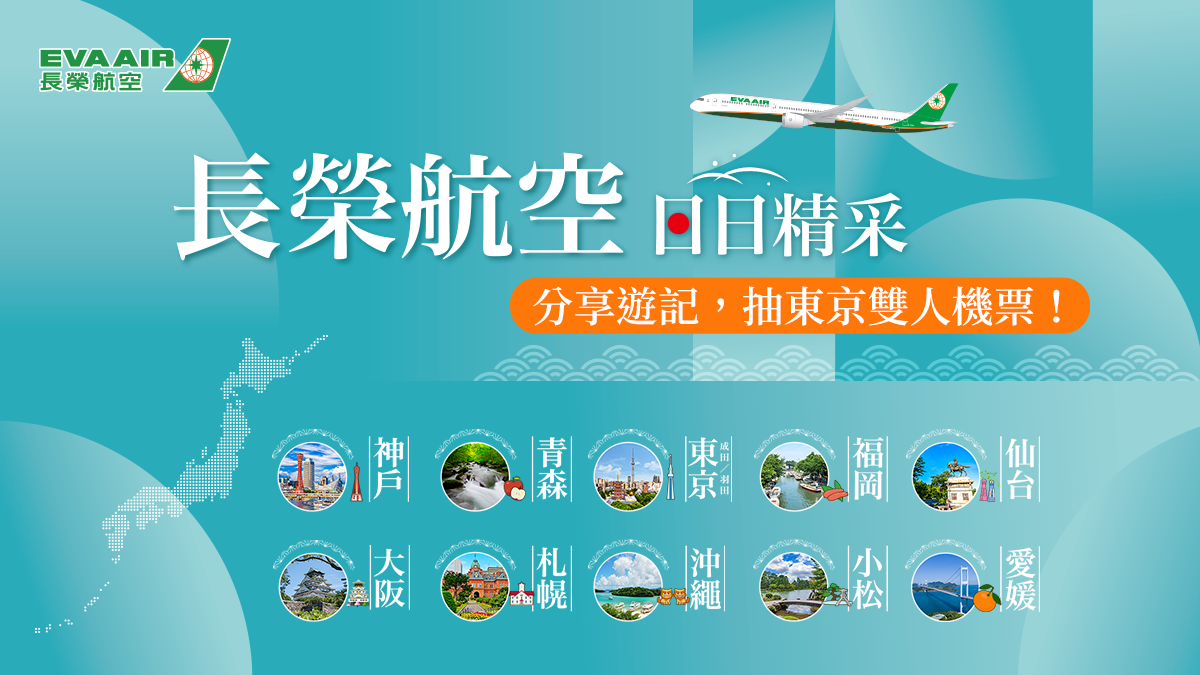鬼斧神工 - 風、水、地
墾丁,一個位於台灣南端的地方。因為電影「海角七號」,讓香港人更認識它。大家通常去墾丁的時候都會跑去電影取景的地方 恆春。其實,大家也可以從地質、生物及氣象等方面去發掘墾丁這個森林遊樂區。
墾丁的其中一個有名的景點為「風吹砂」﹙圖1﹚,它是一個在墾丁森林遊樂區東岸的窪地。風吹砂是一個由 大自然以珊瑚礁岩為材料、水及風為風化工具所造成的一個類似石灰岩沙漠的地方。要追溯它的歷史,就要回到數以百萬年前:在約1400萬年前,歐亞大陸板塊 與菲律賓板塊互相碰撞。在經過一連串的地殼活動後,於上新世中期,即大約300萬年前,原始的台灣形成。地殼抬升及沉積物的積聚令台灣附近的深海環境演變 為淺海,成為一個適合珊瑚生長及珊瑚礁岩形成的地方。在更新世初期,即約100萬年前,台灣急劇抬升,中央山脈、花東縱谷及海岸山脈相繼形成。而墾丁的珊 瑚礁岩/石灰岩亦同時抬升,形成「海階」﹙海岸階地或海岸台地﹚。暴露於海平面上的岩石就一直風化,變成細小的砂粒,直到現在。
在夏季時,雨水沖刷著外露的岩石,並把砂粒帶往海邊,便形成「砂河」。當砂從海階沿崖邊瀉下,就形成 「砂瀑」。與此同時,砂粒也在河的兩旁積聚。到了冬天,強烈的東北季候風把砂從海邊及河岸搬回陸地,吹回崖上。這種由水及風產生的地質作用:風化及搬運, 全年無休,把砂子帶來帶去,並持續生產更多砂子。大自然的鬼斧神工讓風吹砂這個奇景可以一直維持下去。
近幾年,由於興建公路及防風林,風化減弱,砂的搬運亦被阻截(王,2009)。而防風林的植物更進一步阻止砂的移動,擴大植物的覆蓋領土(王, 2009)。風吹砂的砂量持續減少,景色已大不如前。長此下去,終有一日,風吹砂只能在回憶中尋回。

圖1:「風吹砂」一隅。﹙圖片由作者的一位朋友拍攝和提供﹚
參考資料
- Dorsey, R. J. and Lundberg, N. (1988) Field trip guide to Neogene sedimentary rocks in the Coastal Range, eastern Taiwan: Symposium on the Arc-Continent Collision and Orogenic Sedimentation in eastern Taiwan and Ancient Analogs, Field Guidebook, p. 7-1~7-33.
- 王鑫,2009。墾丁國家公園地型景觀。墾丁國家公園管理處。238頁。
- 林惠芬,2009。墾丁國家公園地質景觀。墾丁國家公園管理處。110頁。
The art of Mother Nature - wind, water, landscape
Kenting, a tourist spot in southern tip of Taiwan, becomes widely-recognized in Hong Kong due to the movie "Cape No. 7". While people visit Kenting, most of them will also choose to visit Hengchen, one of the filming sites. Kenting is a forest recreation area where one can explore from geological, biological, and meteorological perspectives.
One of the famous spots in Kenting is "Fengchueisha", which means "wind-blown sand" (Fig.1). "Fengchueisha" is a basin at the eastern coast of the Kenting Forest Recreation Area. It is a limestone desert-like area created by nature, using coral reef as an ingredient, as well as water and wind as weathering tools. Its history can be traced back to millions of years ago. The whole process originated from the collision of the Eurasian Plate and the Philippine Plate at about 14 million years ago. After a sequence of tectonic activities, proto-Taiwan was formed in the mid-Pliocene, i.e. 3 million years ago. The deep sea environment was altered into a shallow sea environment by the uplifting movement and deposition of sediments. The shallow sea environment enhanced the growth of coral and the formation of coral reef. In the early Pleistocene, about 1 million years ago, there was rapid uplift of Taiwan, leading to the formation of the Central Mountain Range, the Longitudinal Valley, and the Coastal Range. Coral reef/limestone in Kenting was uplifted and exposed, forming a coastal terrace. Weathering of exposed limestone above sea level forms the sand and the process continues until today.
In summer, rain erodes the exposed limestone and transports the sand towards the sea, which forms a "sand river". When the sand falls from the edge of the terrace, a "sand fall" is formed. Meanwhile, the sand also accumulates on both sides of the river. Northeast monsoon prevails in the winter. The sand deposited near the coast and the riverside is brought upslope towards inland area by intense northeasterly winds. Geological processes, i.e. weathering and transportation by water and wind, remain non-stop the year around, bringing sand back and forth and producing more sand. This dramatic landscape is expected to sustain in the future by itself.
In recent years, Fengchueisha becomes less remarkable due to the reduction of sand. Some claim that the construction of a highway and windbreaks has greatly weakened the wind and thus the weathering has been suppressed (Wang, 2009). The original paths of the sand transport are said to be intercepted. Vegetation is also seen to expand its territory, which stops the sand movement further (Wang, 2009). If the situation goes on, Fengchueisha may only be found in our memory.

Fig.1 A picture of "Fengchueisha" (Photo: Courtesy of the author's friend).
References
- Dorsey, R. J. and Lundberg, N. ,1988: Field trip guide to Neogene sedimentary rocks in the Coastal Range, eastern Taiwan: Symposium on the Arc-Continent Collision and Orogenic Sedimentation in eastern Taiwan and Ancient Analogs, Field Guidebook, p. 7-1~7-33.
- Wang, S, 2009: Landscape of Kenting National Park. Kenting National Park Headquarters, 238pp. (in Traditional Chinese)
- Lin, W. F., 2009: Geological landscape of Kenting National Park. Kenting National Park Headquarters, 110pp. (in Traditional Chinese)



 留言列表
留言列表



 {{ article.title }}
{{ article.title }}